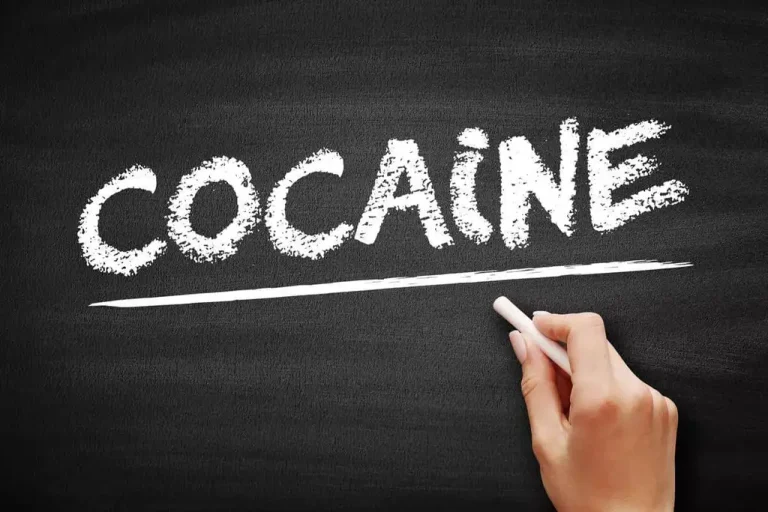
You set your own personal goal, and we help you achieve it with coaching, medication, and other tools and resources. While drinking may not cause “alcoholic nose,” getting help to quit drinking can make the condition much easier to manage. Surgical treatment can remove tissue overgrowth, reshape disfigured noses, and minimize the appearance of enlarged blood vessels. It may be completed with a scalpel, laser resurfacing, dermabrasion, or via cryosurgery. Alcohol affects your face and skin in general by enlarging both pores and blood vessels. Blood vessels expand and sometimes break, making some heavy drinkers look red and flushed even when sober.
Does Alcohol Have permanent Effects On Appearance?
- The early stages of this condition include persistent redness, visible blood vessels, and minor swelling of the nose.
- For those already suffering from redness due to rosacea, alcohol can worsen this symptom.
- It’s also best to implement the tips listed above and create a skincare routine that fits your skin and can easily be implemented into your daily schedule.
- The more alcohol they consume, the more aggravated their symptoms will be and the more they will spread.
In the United States, most states have low-cost or free rehabilitation programs for those who are uninsured. There are many support options available that can help guide you through alcohol withdrawal, as well as abstaining from alcohol after withdrawal. There is no exact timeline for alcohol withdrawal, and individual factors, such as the level of dependence on alcohol, will influence it. However, those who do won’t develop rhinophyma until they reach the later stages of rosacea.

How Alcoholic Nose Can Point to an Addiction at Hand

A rare but very serious syndrome called delirium tremens can occur during alcohol withdrawal. Also known as DTs, an estimated 2% of people with alcohol use disorder and less than 1% of the general population experience them. You don’t need to be diagnosed with alcohol use disorder in order to quit drinking. If alcohol is interfering with your health or your personal, financial, or professional life, consider quitting. When someone drinks alcohol for a prolonged period of time and then stops, the body reacts to its absence.
What are the symptoms of rhinophyma?

Rhinophyma can be an exceedingly distressing condition because of its dramatic appearance, but safe and reliable treatment is available. We do not offer specific health advice, nor are we a remote clinical advice service (RCA). We can, with your consent, pass your details to our partners that can offer this. We receive a commission if you begin treatment with a fee-paying provider. Alcoholic nose is just one of the many impacts that alcohol can have on your face and overall appearance.
Rhinophyma

Rhinophyma is when the skin in and around the nose becomes infiltrated by fat cells. This happens gradually over time, beginning with the reddening of the skin on the top of the nose. It then progresses from reddening to disfigurement, with the main features being a bulbous swelling at the end of the nasal tip and a ridge or streak down one side of it. These features are caused primarily by chronic alcoholism over 6 months to several years.
- Transient flushing can be reduced by decreasing alcohol intake and drinking more water 36.
- Drinking too much alcohol enlarges blood vessels in your face, resulting in facial redness and changes in skin tone and texture.
- No, rhinophyma is not reversible once it progresses to its hypertrophic and bulbous stages.
- Excessive drinking can lead to many problems, including liver disease, and can impact your appearance.
- Unfortunately, the choices that we make in life can have a detrimental impact on our appearance and affect our overall health.
If the liver what does an alcoholics nose look like has begun to decompensate resulting in jaundice, it is unlikely changes to the face will be reversible 17. This can leave the nose looking bulbous and swollen in comparison to the rest of the face 21. Dilation causes the capillaries to become damaged and broken, leaving them raised and more apparent under the skin. Should you like to know more about what we offer and how we can help, don’t hesitate to contact us today. Our recovery specialist will be with you to guide you on the crucial first steps. You are lifted by a community that understands your needs and validates your experience throughout your recovery journey.

The connection to alcohol is why rosacea of the nose is commonly attributed Alcoholics Anonymous to alcoholic nose. It’s true that alcohol can aggravate certain skin conditions and cause them to worsen, but it isn’t thought to cause them. Millions of people join support groups to help stop drinking and stay stopped. Studies show support groups play an instrumental role in helping people develop healthy social networks that result in continued sobriety.
- However, a skin biopsy may sometimes be necessary to rule out other conditions.
- In short, this means that even though a situation may seem like it causes something to happen, it does not mean that that is the root cause.
- Alcohol does not cause rhinophyma, but it can aggravate a rosacea flare-up.
- Alcohol also dehydrates the skin, disrupts blood circulation, and accelerates aging, contributing to visible signs of wear and tear on the body.
- Alcoholics can see improvements in red face symptoms in as little as two weeks 36.
- Rhinophyma causes the nose to become even more disfigured due to the progressive dilation of the nasal vessels as well as the involvement of cysts and pustules.
- When Annie Grace was drinking glasses, if not bottles, of wine on a daily basis, she’d wake up with purple stains on her teeth.
Thus, somebody who is an alcoholic and rhinophyma may have a redder and more bulbous nose than their red, and bulbous nose usually is. As with water retention in the face and body due to the dehydrating effects of alcohol, the feet can also become swollen and discolored due to excessive alcohol abuse. Recurrent swelling may suggest an underlying issue with the kidneys, liver, or heart and should be seen by a doctor if continuing for more than two days in a row. Alcoholic myopathy is a condition that causes loss of function, strength, and deterioration of muscles after prolonged excessive alcohol consumption or binge drinking. Alcohol abuse reduces vascular control in the brain which can lead to blood vessels in the face becoming enlarged.
Understanding the causes of alcoholic nose and recognizing alcoholic nose symptoms early can help prevent severe cases. By combining medical treatments like oral antibiotics and azelaic acid with lifestyle changes, people with rhinophyma can manage their condition effectively. The condition known colloquially as “alcoholic nose” or “drinker’s nose” is also known as rhinophyma. Rhinophyma is characterized by redness on and around the nose as well as an enlarged or lumpy appearance of the nose. Rhinophyma has historically been referred to as alcoholic nose due to the incorrect belief that alcohol consumption may lead to the condition.
